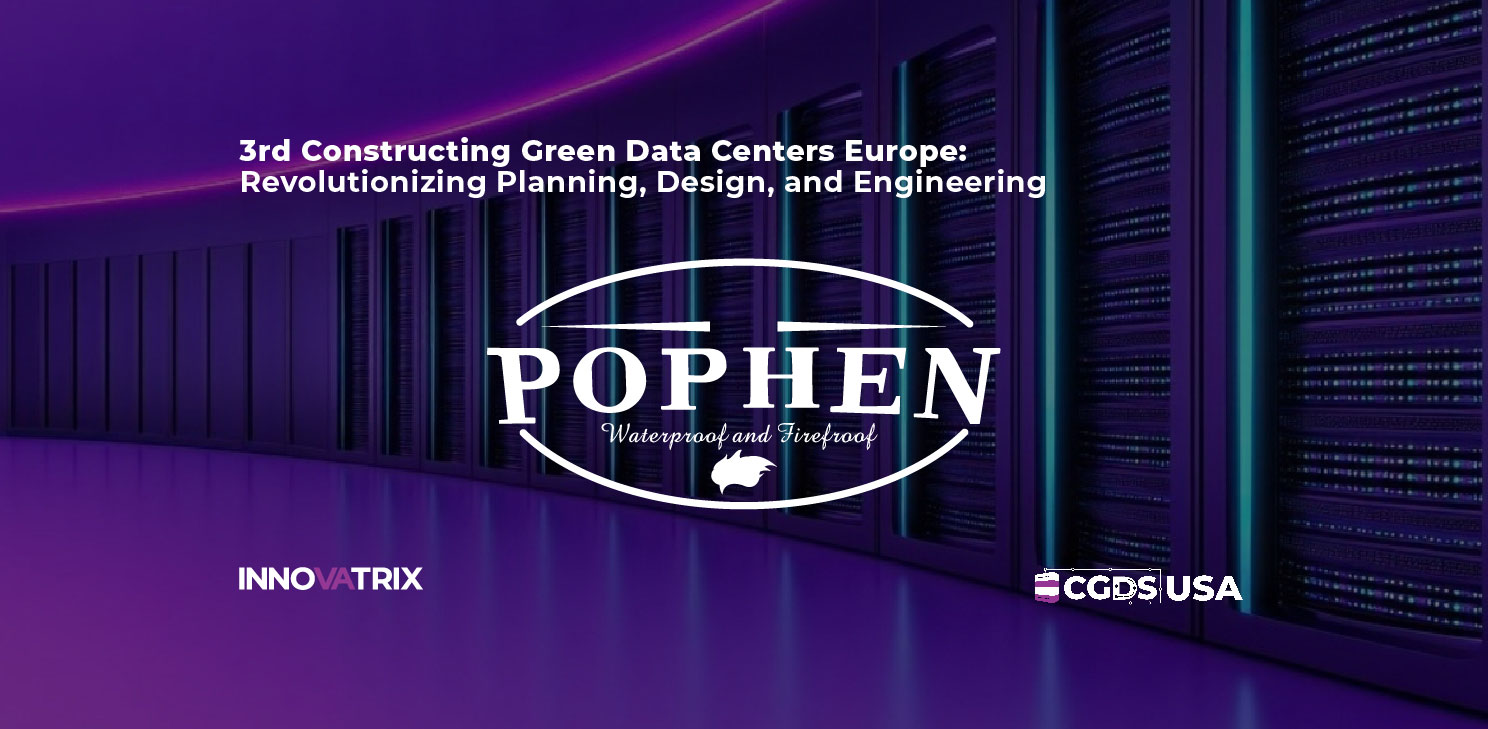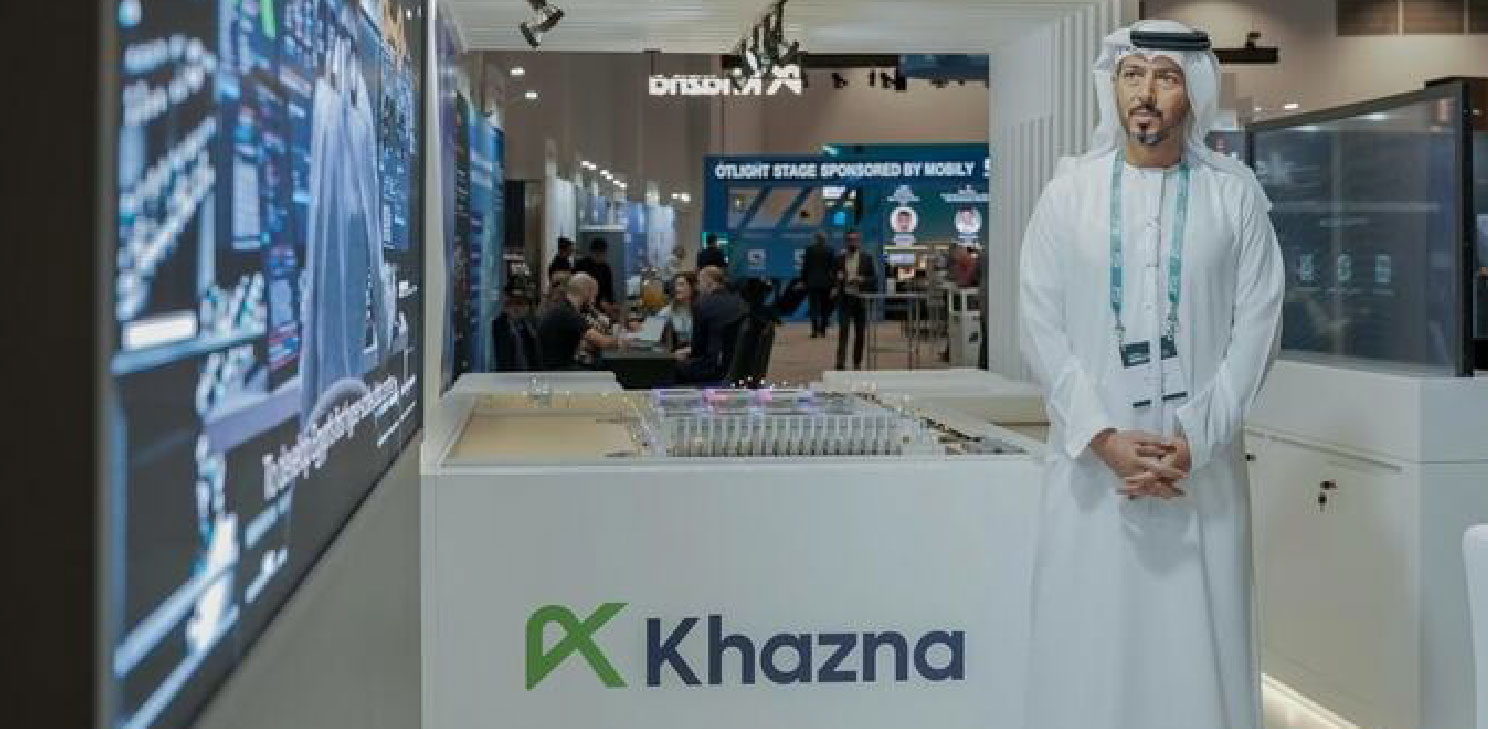As the world transitions towards cleaner and more sustainable energy solutions and the demand for renewable energy sources and electric vehicles continues to rise, the need for constructing sustainable gigafactories becomes increasingly pivotal in powering the future. By 2050, more than 80 percent of new cars sold are expected to be battery-powered with the demand for lithium-ion batteries used in electric vehicles (EVs) projected to grow five-fold between 2021 and 2030. Designing gigafactories that are future-proofed and can operate sustainably with low emissions is necessary.
Gigafactories require highly specialized facilities for the battery manufacturing process such as clean and dry rooms which surpass the conventional requirements we are used to in the pharmaceutical and other technology sectors. These are ultra clean, dust and contaminant free, pressurized, temperature and humidity-controlled environments. Digital design enables all components to be designed and tested in a digital environment before construction or retrofit, to enhance upfront planning, reduce risk and ensure an efficient project timeline. Typically, around 66% of a project’s capital expenditure cost comes from retrofitting the building services and utilities needed, rather than from modifying the buildings themselves. Using BIM can help to simplify the complex process and manage the costs, helping to support the case for reusing an existing building, while also eliminating gaps in the battery limits between the multiple systems in these facilities.
Gigafactories use a huge amount of energy to power production, so retrofitting energy-saving measures is vital to manage operating costs and reduce operational carbon emissions. For example, adding active measures such as on-site renewable power generation, ventilation and energy efficient lighting and controls, alongside passive measures like insulation and shading. Looking at gigafactories through a sustainability lens also means ensuring these facilities continue to operate as efficiently as possible to lower their whole-life carbon footprint. Continuous monitoring of a facility can help identify opportunities to improve lifecycle management, especially as new technologies come on board and market demand changes.
Currently, electric batteries are typically lithium-ion batteries, but battery design is evolving rapidly. New lithium-free technologies are being developed such as sodium-ion flow batteries for energy storage, with future potential for electric vehicle charging. To cope with changing demands and reduce the need for major reconfiguration in the future, today’s gigafactories need to have adaptability and scalability built in. Climate change is also a factor that needs to be considered for any build, particularly the impact on local climate as well as being energy efficient in design.
The use of circular economy principles for battery manufacturing will help gigafactories design out waste and pollution at the start of a project and reuse and regenerate resources. From incorporating electric battery recycling facilities to reclaiming and reusing waste heat from the manufacturing process. Technologies enabling electric batteries and their components to be reused and recycled are also advancing, including circular ‘closed loop’ systems for reusing raw materials like lithium, cobalt, copper and nickel. To enable a more sustainable future, gigafactories need to be designed to support this part of the process too.
In conclusion, the construction of a gigafactory is a multifaceted endeavour that requires careful consideration of various factors, ranging from site selection and design to environmental impact mitigation and supplier collaboration. To hear how to implement sustainability in your gigafactory design, network with peers and solution providers and attend talks from industry leaders, book your place to attend the 2nd Battery Gigafactory Summit USA: Advances in Planning, Engineering and Operations taking place in Nashville, Tennessee, on November 13–14, 2024.
For more information, visit our website or email us at info@innovatrix.eu for the event agenda.













